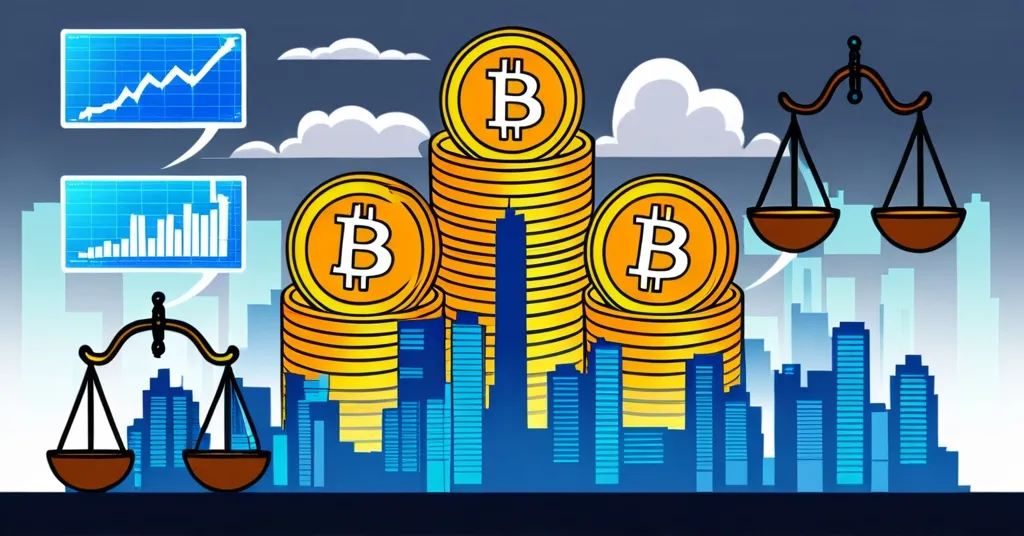VanEck Proposes Bitcoin Reserve to Offset $42 Trillion US Debt by 2050

VanEck’s Vision: A Strategic Bitcoin Reserve Could Alter US Financial Strategy
Could Bitcoin transform from a contentious digital asset to a stabilizing pillar of national economic policy? Investment management firm VanEck suggests a future where a strategic Bitcoin Reserve might hold up to 35% of the US national debt by 2050. This bold assertion rests on the premise that Bitcoin’s value will escalate, providing a buffer against ballooning national liabilities.
- Bitcoin Reserve Potential: Could offset $42 trillion of US debt by 2050.
- Growth Forecasts: Assumes 5% annual increase in national debt and 25% annual growth rate for Bitcoin, starting from $200,000 in 2025.
- Projected Bitcoin Value: A potential value of $42.3 million by 2049.
- Reserve Acquisition Cost: Predicted to be $320 billion for one million BTC, to be acquired over time.
- Advantages: Acts as a hedge against economic instability, could enhance US dollar stability and energy infrastructure.
Questioning Assumptions and Exploring Counterpoints
VanEck’s forecast, assuming a 25% annual growth in Bitcoin, faces skepticism. Critics argue that maintaining such growth is overly optimistic. Matthew Sigel, VanEck’s Head of Research, counters by pointing to Bitcoin’s historical growth trends, positing that a Bitcoin Reserve could reinforce the US dollar while supporting energy infrastructure with relatively low upfront costs.
Sigel emphasizes, “Bitcoin doesn’t have to undermine the dollar. As in an investor portfolio, a small position is simply a hedge against fiscal unsustainability and geopolitical uncertainty.” This notion positions Bitcoin as a potential stabilizing force in turbulent economic times. Beyond financial hedging, VanEck proposes that Bitcoin mining could spur the development of domestic energy infrastructure, particularly in renewables, nuclear energy, and projects aimed at improving grid resilience.
Political and Institutional Resistance
The proposal aligns with Senator Cynthia Lummis’s BITCOIN Act, which seeks to integrate Bitcoin within the national financial framework. However, significant opposition comes from the Federal Reserve, where Chair Jerome Powell has voiced clear objections to government involvement in Bitcoin, citing concerns over its volatility and potential disruptions to the existing monetary system.
Broader Implications and Energy Considerations
These discussions echo broader themes regarding the integration of digital assets into established financial systems and national economies. Bitcoin’s historical volatility and growth have piqued speculative and strategic interest in its role as a reserve asset. Aligning Bitcoin mining with strategic energy goals presents an intriguing narrative, albeit one complicated by political and institutional barriers.
Key Takeaways and Questions
- Can a strategic Bitcoin Reserve legitimately offset a significant portion of the national debt?
- What are the potential risks and rewards of incorporating Bitcoin into national financial strategies?
- How might Bitcoin mining contribute positively to energy infrastructure development?
- What are the primary political and institutional challenges to implementing such a strategy?
VanEck’s proposal invites a re-examination of traditional economic doctrines and fuels a necessary debate on the future role of cryptocurrencies in national and global economies. This dialogue not only challenges the status quo but also encourages a more nuanced understanding of how digital currencies might be woven into the fabric of economic policy.



